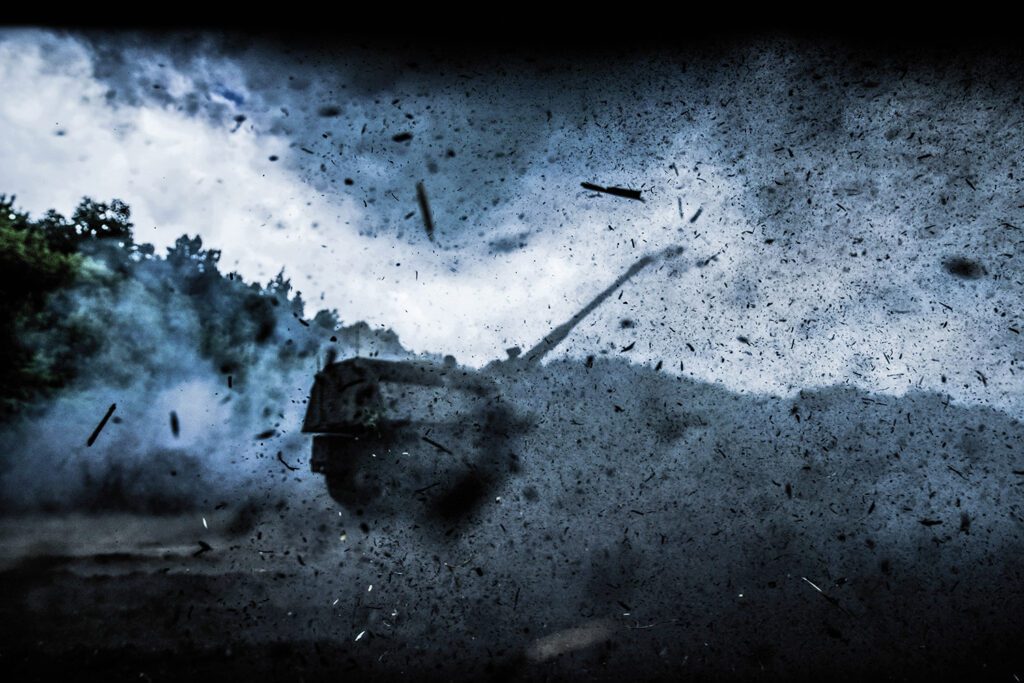This content delves into the art of strategy by analyzing some of the most pivotal battles in history and exploring the lessons learned from them. It starts by discussing the Battle of Thermopylae and the importance of exploiting one’s strengths while minimizing vulnerabilities. Then, it examines the Siege of Constantinople and the significance of adaptability and embracing new technologies. The Battle of Waterloo is highlighted as an example of the importance of unity of command and effective leadership. Lastly, the Battle of Stalingrad illustrates the power of determination and resilience in overcoming adversity. The content concludes by emphasizing the application of these strategic principles in various aspects of life.
The Art of Strategy: Introduction
The field of military strategy has seen significant developments over centuries, with countless battles shaping the course of history. Studying these historical conflicts not only provides insight into the tactics employed by military commanders, but also reveals valuable lessons that can be applied to various domains of life. In this article, we will delve into the art of strategy by analyzing some of the most pivotal battles in history and exploring the lessons learned from them.
The Battle of Thermopylae: Strategic Sacrifice
The Battle of Thermopylae, fought between the Persian Empire and a Greek coalition led by King Leonidas, is an excellent example of strategic sacrifice. Leonidas and his 300 Spartans, along with a few thousand other Greek soldiers, faced the overwhelming Persian army of Xerxes. Recognizing their numerical disadvantage, the Greeks opted to hold a narrow pass, exploiting their superior training and the terrain to their advantage.
The lesson learned from Thermopylae is the importance of exploiting one’s strengths while minimizing vulnerabilities. By choosing the battlefield and limiting their opponent’s ability to utilize its numerical superiority, the Greeks were able to inflict significant casualties on the Persian army and delay their advance. This allowed the Greeks to rally support and ultimately turn the tide of the war in their favor.
The Siege of Constantinople: Defensive Innovation
The Siege of Constantinople in 1453, led by the Ottoman Empire against the Byzantine Empire, highlighted the power of defensive innovation. The Byzantines, facing an overwhelming Ottoman army, employed advanced fortifications, including the famous Walls of Constantinople, and utilized new technologies such as the cannon.
The lesson learned from this battle is the importance of adaptability and embracing new technologies. The Byzantines recognized their inferiority in terms of manpower and military might, so they focused on bolstering their defensive capabilities and making use of the latest innovations. This allowed them to hold off the Ottoman army for an extended period, buying enough time for external forces to arrive and aid in their defense.
The Battle of Waterloo: Unity of Command
The Battle of Waterloo, fought in 1815, highlighted the significance of unity of command. This decisive battle between the forces of Napoleon Bonaparte and the Seventh Coalition led by the Duke of Wellington demonstrated the importance of coordinated actions and a unified command structure.
The lesson learned from Waterloo is that effective leadership and clear communication are vital for success in any endeavor. The ability to synchronize various units, make timely decisions, and adapt to changing circumstances is crucial in achieving victory. In the case of Waterloo, the superior coordination of the Seventh Coalition’s forces allowed them to defeat Napoleon’s army and bring an end to his reign.
The Battle of Stalingrad: Persistence and Resilience
The Battle of Stalingrad, a major turning point in World War II, illustrated the importance of persistence and resilience. The Soviet Union, led by General Zhukov, defended the city against the overwhelming forces of Nazi Germany. The battle lasted for months and involved intense urban warfare, with both sides suffering severe casualties.
The lesson learned from Stalingrad is the power of determination and perseverance. Despite being outnumbered and facing unimaginable hardships, the Soviet forces refused to yield. With their backs against the wall, they devised innovative tactics, exploited weak points in the enemy’s lines, and eventually managed to encircle and defeat the German army. This battle reminds us that overcoming adversity often requires unwavering determination and resilience.
Conclusion
Studying the art of strategy through historical battles provides us with invaluable insights into the principles of effective leadership, innovative tactics, and perseverance. Many of these lessons can be applied not only in military contexts but also in various aspects of life, such as business, sports, and personal development. By examining the experiences of military experts and analyzing the strategies employed in historical battles, we can gain a deeper understanding of the art of strategy and how it influences the outcome of conflicts, both past and future.
